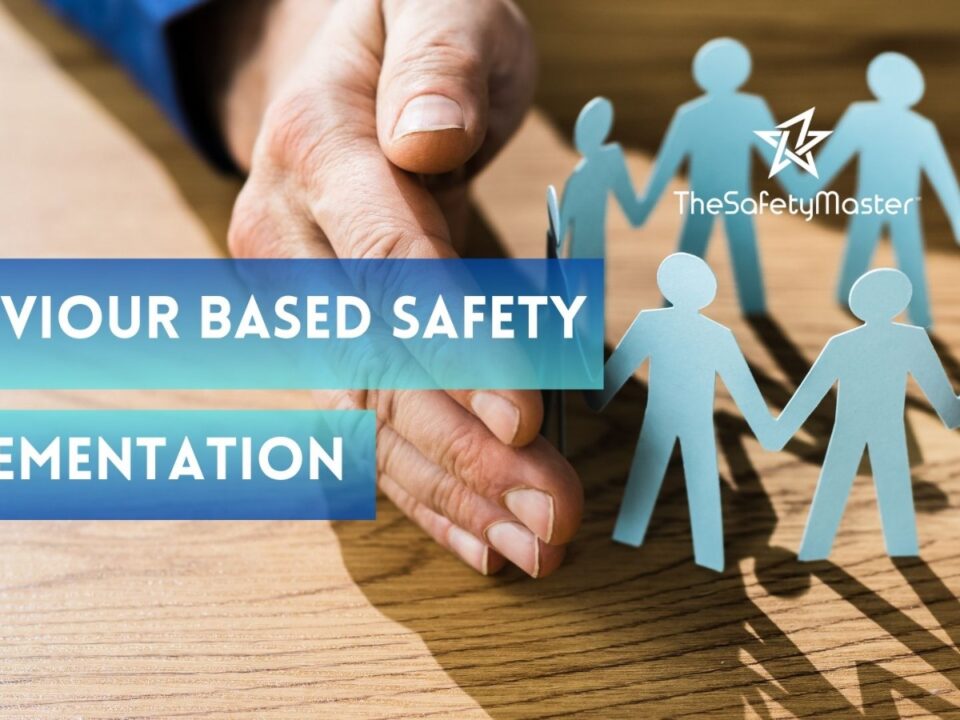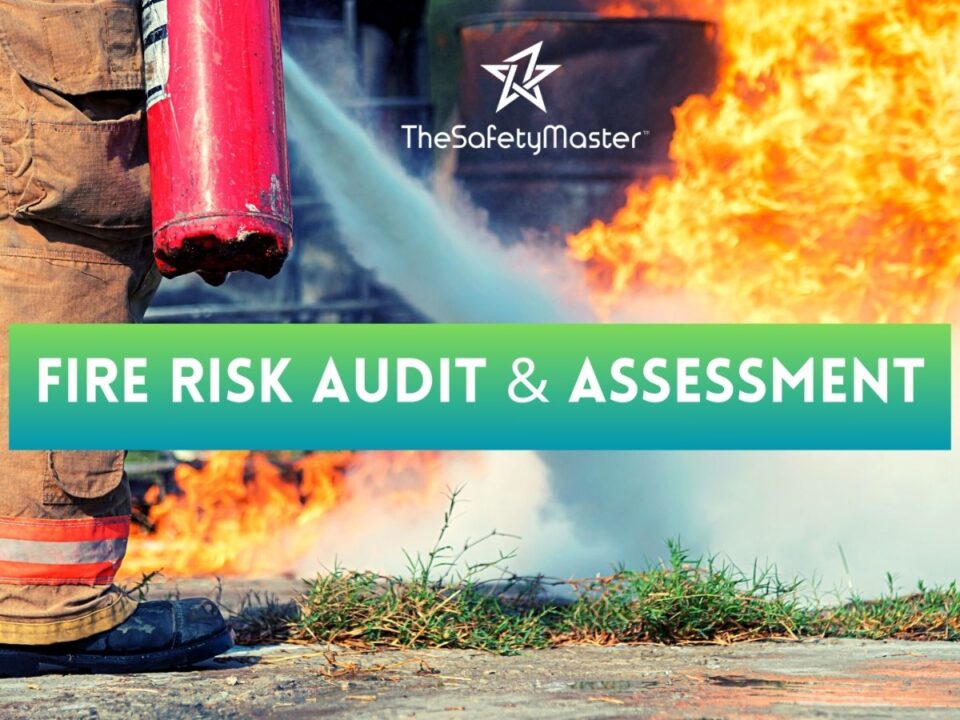The Safety Master’s Guide to BIS 14489 Safety Audit

Understanding Behavior Safety Audits (BSA)
June 5, 2024
Comprehensive Guide to Conducting Laboratory Safety Audit: Best Practices and Common Pitfalls
June 12, 2024SEO Meta-description: Discover everything you need to know about the BIS 14489 safety audit with The Safety Master. Learn how to enhance workplace safety, ensure compliance, and protect your employees.
Introduction
Workplace safety isn’t just a buzzword; it’s a fundamental aspect of running a successful business. One of the most comprehensive ways to ensure your workplace meets safety standards is through the BIS 14489 safety audit. In this article, we’ll dive into what the BIS 14489 safety audit entails, why it’s crucial, and how The Safety Master can help you navigate this essential process.
What is BIS 14489 Safety Audit?
Understanding the Basics
BIS 14489 is an Indian Standard (IS 14489:1998) developed by the Bureau of Indian Standards (BIS) for occupational health and safety audits. This standard provides a structured approach to evaluate and improve safety management systems in organizations.
Key Objectives
The primary objectives of the BIS 14489 safety audit include:
- Identifying potential hazards in the workplace.
- Evaluating the effectiveness of existing safety measures.
- Recommending improvements to mitigate risks.
- Ensuring compliance with legal and regulatory requirements.
Why is BIS 14489 Important?
Ensuring Employee Safety
First and foremost, the BIS 14489 safety audit is designed to protect employees. By identifying hazards and recommending corrective actions, businesses can significantly reduce the risk of workplace accidents and illnesses.
Legal Compliance
Compliance with BIS 14489 isn’t just good practice; it’s a legal requirement for many industries. Failure to adhere to these standards can result in hefty fines, legal action, and reputational damage.
Enhancing Operational Efficiency
A safe workplace is an efficient workplace. By addressing safety issues, companies can minimize downtime, reduce compensation claims, and improve overall productivity.
The Safety Master’s Role in BIS 14489 Safety Audit
Expertise and Experience
The Safety Master is a leading authority in workplace safety and health audits. With years of experience and a team of certified experts, they provide comprehensive BIS 14489 safety audits tailored to your business needs.
Customized Solutions
Every workplace is unique, and so are its safety challenges. The Safety Master offers customized solutions that address the specific risks and requirements of your organization.
Detailed Audit Process
Their audit process includes:
- Initial Consultation: Understanding your business and its safety concerns.
- Documentation Review: Assessing existing safety policies and procedures.
- Site Inspection: Conducting a thorough examination of the workplace.
- Hazard Identification: Identifying potential safety hazards.
- Corrective Actions: Recommending practical solutions to mitigate risks.
- Follow-up: Ensuring the implementation of recommended actions and continuous improvement.
Key Components of a BIS 14489 Safety Audit
Documentation Review
A thorough review of existing safety documentation is the first step in a BIS 14489 safety audit. This includes policies, procedures, training records, and incident reports.
Site Inspection
An on-site inspection is conducted to observe the actual working conditions. This helps in identifying hazards that may not be evident from documentation alone.
Employee Interviews
Talking to employees provides valuable insights into the effectiveness of safety measures and areas that need improvement.
Risk Assessment
A comprehensive risk assessment is performed to evaluate the severity and likelihood of identified hazards. This helps prioritize corrective actions.
Reporting
The final audit report includes:
- Summary of findings.
- Detailed analysis of identified hazards.
- Recommended corrective actions.
- Compliance status with BIS 14489 standards.
Common Findings in BIS 14489 Safety Audits
Poor Housekeeping
Cluttered workspaces can lead to slips, trips, and falls. Ensuring proper housekeeping practices is a common recommendation.
Inadequate Training
Employees need to be well-trained in safety procedures and emergency response. Regular training sessions are essential.
Faulty Equipment
Regular maintenance and inspection of equipment can prevent accidents caused by malfunctioning machinery.
Lack of Personal Protective Equipment (PPE)
Ensuring the availability and proper use of PPE is crucial in minimizing risks.
How to Prepare for a BIS 14489 Safety Audit
Conduct a Self-Assessment
Before the official audit, conduct a self-assessment to identify and address obvious issues. This can help streamline the audit process.
Gather Documentation
Ensure all safety-related documents are up-to-date and readily available. This includes safety policies, training records, and incident reports.
Engage Employees
Inform employees about the upcoming audit and encourage their participation. Their feedback is invaluable in identifying safety issues.
Implement Quick Fixes
Address any minor issues that can be quickly fixed. This shows your commitment to safety and can improve the audit outcome.
FAQs about BIS 14489 Safety Audit
What is the frequency of BIS 14489 safety audits?
The frequency of safety audits can vary depending on the industry and specific regulations. However, it’s generally recommended to conduct annual audits to ensure continuous compliance and improvement.
How long does a BIS 14489 safety audit take?
The duration of the audit depends on the size and complexity of the organization. Typically, it can take anywhere from a few days to a couple of weeks.
Can small businesses benefit from BIS 14489 safety audits?
Absolutely! Regardless of size, every business can benefit from a BIS 14489 safety audit. It helps identify potential hazards and improve safety practices, leading to a safer work environment.
What happens if we don’t comply with BIS 14489 standards?
Non-compliance can result in legal penalties, fines, and increased risk of workplace accidents. It can also damage your reputation and affect employee morale.
How can The Safety Master assist with ongoing safety management?
The Safety Master not only conducts safety audits but also provides ongoing support and training to ensure continuous improvement in your safety management systems.
Conclusion
In today’s fast-paced and ever-evolving industrial landscape, ensuring workplace safety is more important than ever. The BIS 14489 safety audit is a comprehensive tool designed to help businesses identify hazards, comply with regulations, and create a safer working environment. Partnering with experts like The Safety Master can make this process seamless and effective.
By prioritizing safety through regular audits and continuous improvement, businesses can protect their most valuable asset – their employees. Don’t wait for an accident to happen; take proactive steps to enhance your workplace safety today. Remember, a safer workplace is a more productive and prosperous one.




